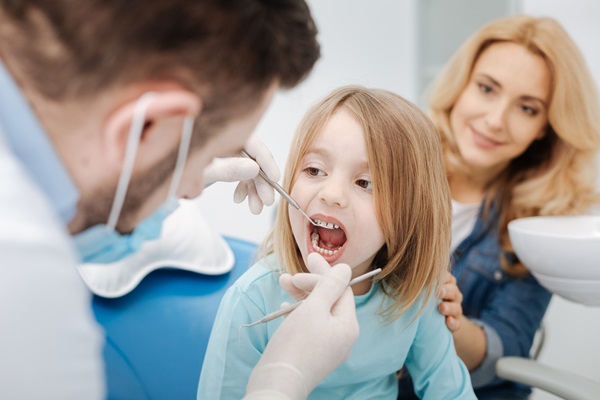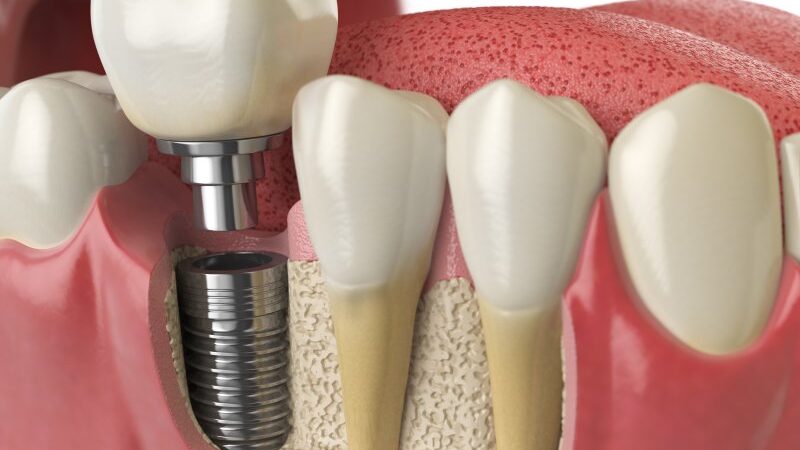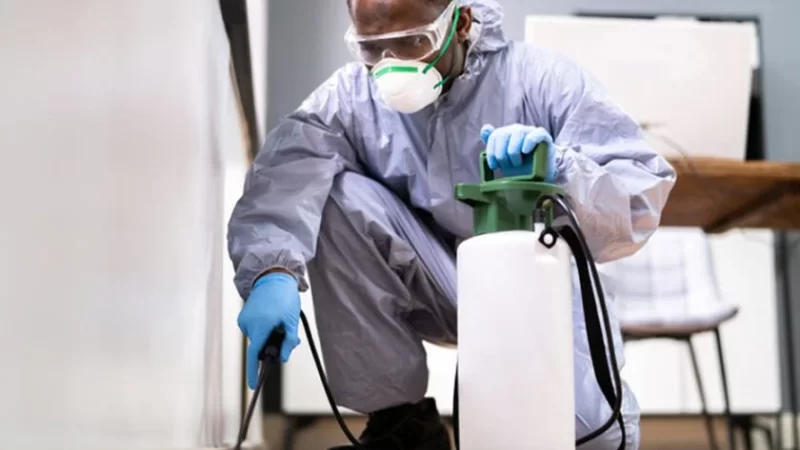How Dental Crowns Help Kids Maintain Healthy Smile

Children’s dental crowns are advised for teeth that are badly decaying or damaged. Children frequently experience tooth decay as a result of things like learning how to wash their teeth and having a taste for sugary meals. While fillings treat early cavities, advanced decay may require crowns to preserve the tooth.
Dentists at ParkwayPD avoid extraction because baby teeth act as placeholders for permanent teeth, and losing them too early can lead to alignment issues. Thus, kids dentist in Cave Spring suggest preserving baby teeth for healthy dental development.
What is the right age for dental crowns?
The needs of your child will determine whether or not your child can get dental crowns at any age. Even toddlers as young as 1-2 years may require crowns.
Baby teeth serve as placeholders, crucial for normal jaw development and ensuring adult teeth grow properly.
Premature loss of baby teeth can lead to alignment issues needing orthodontics later. Therefore, preserving baby teeth is vital, and crowns may be necessary if severe decay or damage occurs, starting as soon as your child has teeth.
Do crown-crowned baby teeth still come out normally?
Parents often wonder if a child will normally lose a crowned baby tooth. The answer is yes. Pediatric crowns are custom-made and not permanent like adult crowns.
They are securely attached to the tooth but not to the gums, allowing the adult tooth to push the crowned baby tooth out as usual.
A few common options in pediatric dentistry are as follows:
1) Stainless steel crowns
Stainless steel crowns, often referred to as “silver” crowns, are the most commonly used type in pediatric dentistry.
They are durable and typically covered by most major insurances, making them a practical choice when cosmetic appearance is not a primary concern.
However, they can occasionally cause localized tissue irritation and may contribute to metal allergies in rare cases.
2) Stainless steel crowns with white facings
Stainless steel crowns can be enhanced for better aesthetics, especially for front teeth, by adding a pre-veneered plastic face. This design gives a “white” appearance from the front while the back remains silver.
However, these crowns may appear bulkier due to the extra material needed for adhesion. The white facing can chip over time, primarily due to two factors: teeth grinding in children and regular wear from chewing forces on back teeth. As the facing chips, the silver crown underneath may become exposed.
3) Composite strip crowns or resin crowns
Composite strip crowns are highly aesthetic when crafted by a skilled pediatric dentist, but their placement is time-consuming and may necessitate general anesthesia, especially for uncooperative young children.
Made entirely of composite material, these crowns can be color-matched to your child’s natural teeth using a shade guide.
However, they are prone to food stains, discoloration, and plaque buildup if oral hygiene is lacking, which can lead to recurrent decay.
Additionally, resin crowns are weaker than stainless steel crowns, increasing the risk of breakage. Most major insurances typically cover composite strip crowns for front baby teeth requiring treatment.
Conclusion
Dental crowns for kids are essential for preserving damaged baby teeth. Options include stainless steel, aesthetic stainless steel with facings, and composite crowns, each catering to specific needs and conditions.







